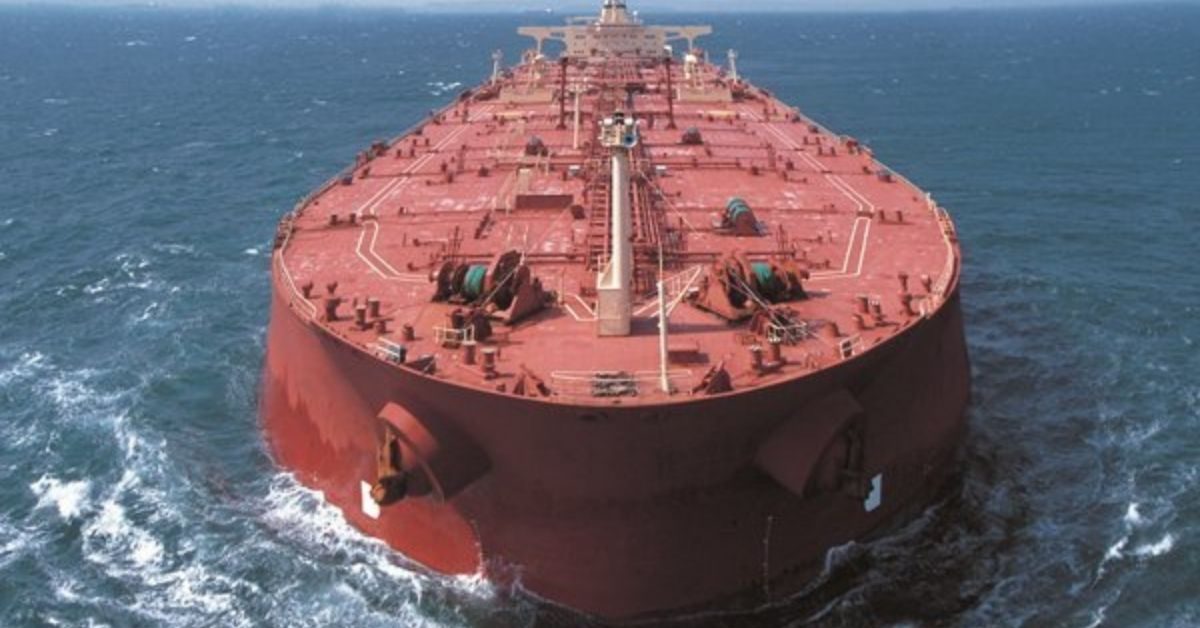Every fourth barrel of crude imported by India in December came from Russia, according to energy cargo tracker Vortexa. Russia remained the top exporter to the country for the third month in a row in December, supplying 1.17 million barrels a day (mbd) of crude, a record. This was 24 per cent higher than imports from Russia in November, aided by a three-quarter rise in imports by private sector refiners.
Imports of Russian crude by state-run refiners remained nearly stable at around 600,000 barrels per day (bpd), while those by private sector refiners rose to about 570,000 bpd.
India’s overall crude imports rose 7 per cent month-on-month to 4.6 million bpd. Imports from Iraq and UAE fell marginally, while those from Saudi Arabia rose marginally. US exports to India fell by a fifth.
India’s imports of seaborne Russian crude were 50 per cent more than China’s and nine times that of the EU’s as the latter’s ban on imports from Russia kicked in on December 5. For the first time, India’s imports of Russian crude exceeded that of China’s, which fell 27 per cent month-on-month to 770,000 barrels per day in December.
The difference in shipping time helps explain the diverging trends between Indian and Chinese imports. “For India, the main grade that is imported is Urals, which takes about a month from Russia’s Baltics and Black Sea to India. This means that the December arrivals into India were loaded in November, before the EU ban kicked in,” said Serena Huang, an analyst at Vortexa.
“For China, the main grade that is imported is ESPO Blend, which takes about two weeks from Russia’s Kozmino to China. While some of these cargoes loaded in end November, majority of them loaded in December, and could explain the hesitation for Chinese traders or refiners to purchase them after the EU ban was implemented,” she said.
The surge in Covid cases in China has dampened domestic demand and, in turn, margins, which may also weaken buying appetite from Chinese refiners, Huang added.
India’s imports of Russian refined products also rose by a third from the previous month to 153,000 barrels per day in December, compared with China’s 150,000 bpd. EU’s imports of Russian refined products jumped more than six times in a month to 993,000 bpd.
The EU embargo had a limited impact on Russian exports in December. Loading of crude at Russian ports fell from 3.17 mbd in November to 2.71 mbd in December, down 14 per cent but much lower than the market expectation of a decline of 1 mbd. “Nearly 280,000 bpd of Russian crude loaded in December does not have a firm destination yet, which means they could still be looking for buyers. It remains to be seen whether ‘friendly’ countries will be increasing their uptake or if new buyers will emerge,” Huang said. The Group of Seven nations imposed a price cap of $60 per barrel on the export of Russian oil on December 5, barring its shippers, insurers and financiers from backing any deal struck above the cap. A 45-day wind-down period has been given for Russian oil purchased above the cap, provided it was loaded before December 5 and unloaded before January 19.







